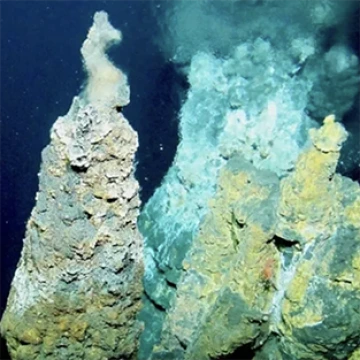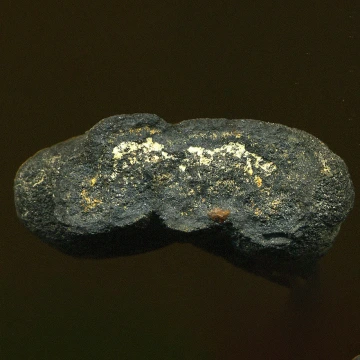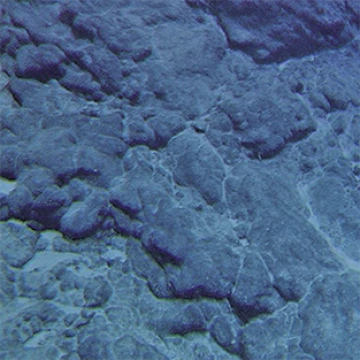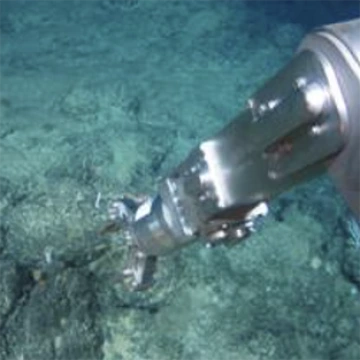Mining the deep sea: Insights from a life in the industry
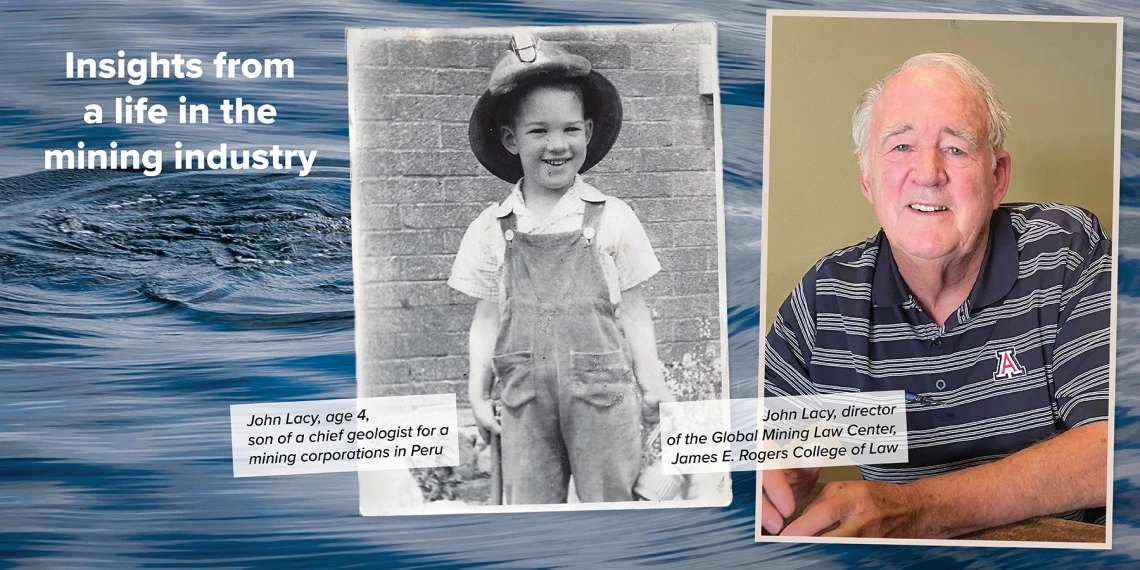
—Tucson, AZ—
John Lacy has been immersed in mining culture since childhood. He was raised from age three in a remote smelter town in the Peruvian Andes, where his father was the chief geologist for a mining corporation. When Lacy was 13, the family returned to the U.S., where his father organized and became the first chair of the department of mining and geological engineering at the University of Arizona.
Lacy's father was the first chair of the department of mining and geological engineering at the University of Arizona.
“I remember visiting my dad’s office and seeing the radiation warning symbol on the door to the college of engineering,” he said. “In those days, they had a nuclear reactor in the basement.” Lacy later earned both his undergraduate and law degrees at the U of A.
After five decades in mineral law and policy, John Lacy’s career has charted the evolving legal terrain of natural resource development. A practicing attorney, he continues to shape the future of mining as director of the James E. Rogers College of Law’s Global Mining Law Center, where he oversees 15 online courses in mining law through the college’s offerings as part of the JD program, as well as its Master of Legal Studies and LLM programs.
“All the courses are online because many of our students are already in the mining workforce,” he said. “Since the entire curriculum is asynchronous and online, they can access it no matter how remote their location.”
Lacy has kept an eye on the growing edges of his profession in space and the ocean deep. In 2019, aware of the role these domains will play in the near future, the Center’s annual “Mining Law Summit” looked at “Mining Law for the Heavens and the Depths of the Sea.” He invited John Wiltshire, former head of ocean engineering at the University of Hawaii and a longtime member of the National Advisory Committee to the U.S. Secretary of the Interior, to address deep-sea mining.
In his talk, “Mineral Development of the Seabed,” Wilshire outlined four major categories of deep-sea mineral resources forged over millions of years:
Lacy explains that intrigue has accompanied the ocean mining from the beginning: the CIA helped jump-start the industry in the 1970s when—under the cover of manganese nodule exploration—it sought to recover a sunken Soviet submarine from the deep sea. Working with the magnate Howard Hughes, the agency helped create the Glomar Explorer, a project of unprecedented cost, that laid the foundation for today’s mining technologies.
Lacy believes the primary barrier to the expansion of mining the ocean today is the legal framework that governs it, specifically the United Nations Convention on the Law of the Sea (UNCLOS) and the International Seabed Authority (ISA). “The ISA’s broad principle that seabed development should benefit all mankind strikes me as impractical,” said Lacy. He advocates instead a more limited and precise definition of “all mankind,” and for enforceable, profit-sharing mandates. He suggests requiring companies to build needed facilities such as schools, hospitals, or water systems in under-resourced nations. “That way, the benefits are visible to shareholders and tangible for communities,” he said.
While the U.S. has never ratified UNCLOS, the ISA recognizes U.S. regulation of its deep-sea mining activities through domestic law. Currently, the Department of the Interior is consolidating authority over national jurisdiction to expedite mineral extraction.
Lacy draws a comparison to the California Gold Rush: “In 1848, miners flooded the West before laws were in place. It wasn’t until much later that the U.S. formalized the law, and they ended up mostly just formalizing the systems the miners had come up with on their own.” Unless governments get their act together, he thinks something similar could happen again for the bottom of the ocean or mining in space. Others agree. At a U.N. oceans conference in June 2025, U.N. Secretary-General António Guterres spoke against repeating history: “The deep sea cannot become the Wild West.”
Beyond economics, the ecological implications of mining the deep sea remain largely unknown; it is one of the least explored ecosystems on Earth. However, preservationists are equipping scientists with advanced tools such as remotely operated vehicles and baited cameras, and the efforts are paying off. Hundreds of new deep-sea species are being identified, some with the potential to alter our understanding of life on Earth. For example, a deep-sea spider (Sericosura) found at methane seeps feeds not on prey but on bacteria growing on its exoskeleton.
Lacy believes the University of Arizona is in a good position to hone its expertise in all aspects of deep-sea mining—from studying ecosystems to engineering innovation to mining law. The university’s existing expertise, he says, could be employed to contribute significantly to the policy, technological, and environmental questions that surround ocean-floor mining. As the push for critical minerals intensifies, the need for related research and policy will only grow.
Images:
- Polymetallic sulfides: https://deepseamining.ac/how_sulphide_deposits_form#gsc.tab=0
Maganese nodule: By James St. John - Manganese nodules on the seafloor in the Clarion-Clipperton zone https://www.flickr.com/photos/jsjgeology/14953810507/, CC BY 2.0, https://commons.wikimedia.org/w/index.php?curid=101861185
Ferromanganese Crusts: https://worldoceanreview.com/en/wor-3/mineral-resources/cobalt-crusts/
Diamonds: https://www.langerman-diamonds.com/blogs/news/3591-uncertainties-over-d…


